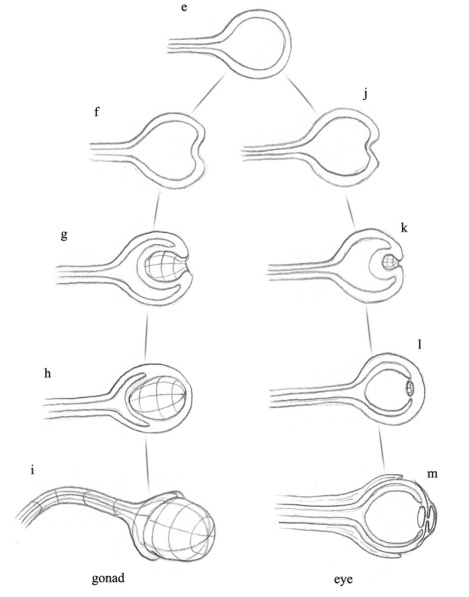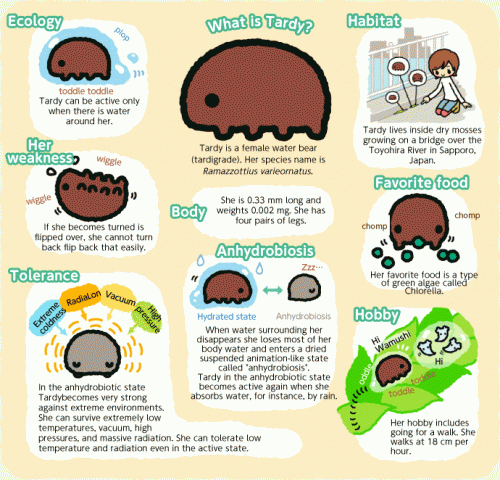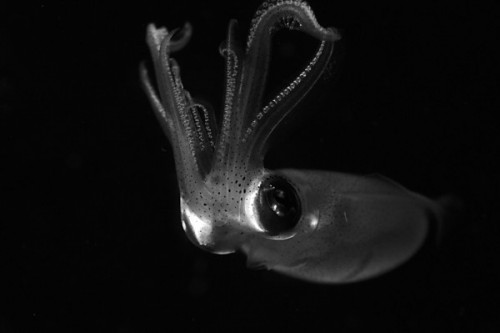I neglected to include another bit of foolishness from that ridiculous Pivar paper. This is a perfect example of “looks like” biology, which is all the paper is: drawing correspondences by saying X looks like Y, based on superficial morphological similarities, and worse, then announcing that because X looks like Y, you have therefore explained both X and Y.
Behold, Figure 20!

Ovary, testis and urogenital tract origins. Parallel schematics showing similar morphogenesis of eye and gonads.
Eyeballs and testicles, they’re both paired spheres dangling from stalks, am I right? Therefore, just pointing that rough similarity out simultaneously shows that they are produced by the same process, and explains how they developed and evolved. Done! Gimme my Nobel prize!



